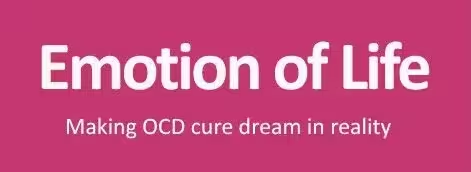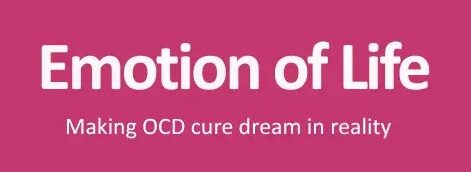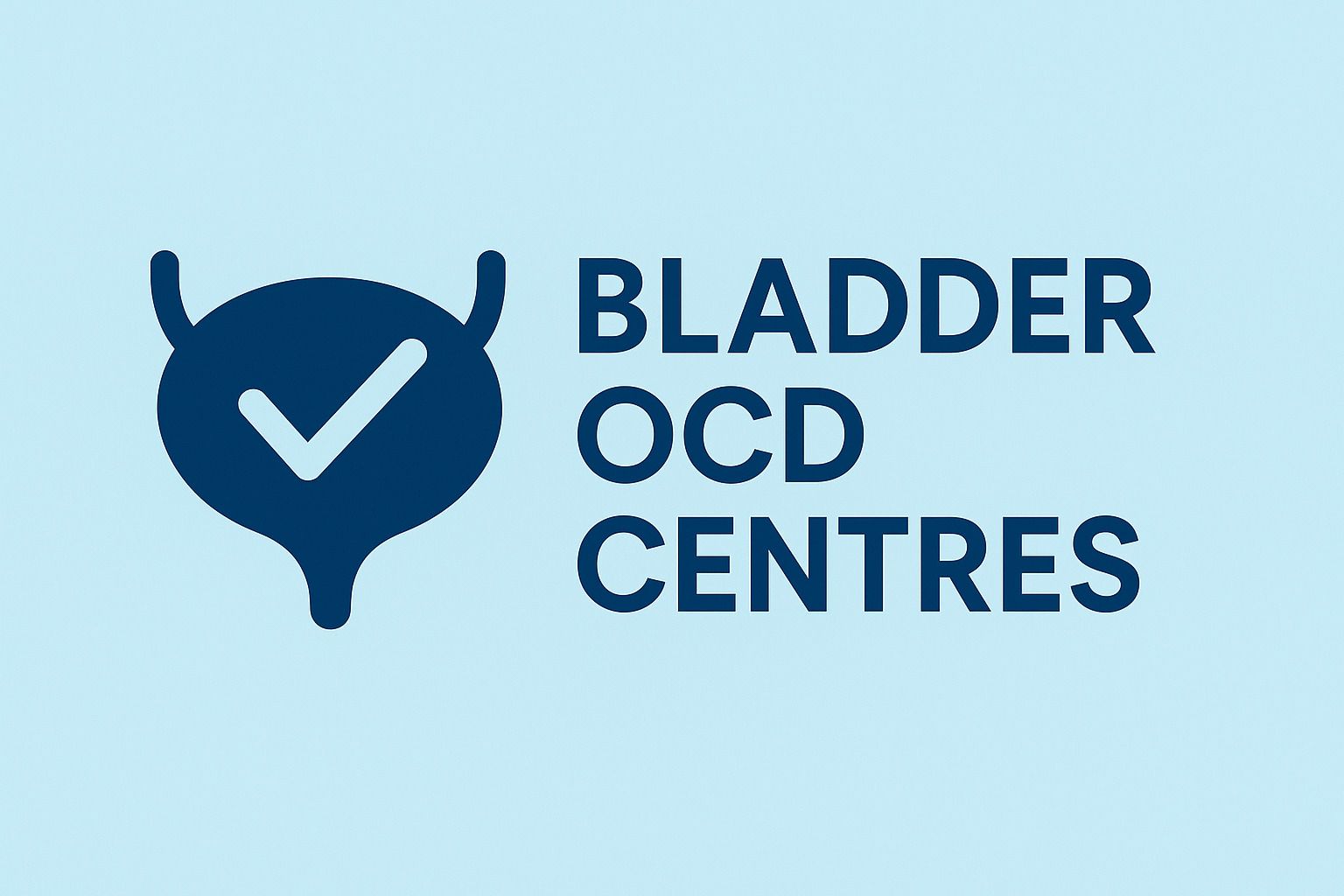Bladder OCD describes a cycle of repetitive fears and constant worries about needing to use the washroom or losing control over bladder urges. For someone going through this, daily life can feel like an endless loop of scanning for toilets, cutting down on outings, or staying overly alert about body signals.
These concerns around Bladder OCD are being spoken about more openly now, which is a positive step. For a long time, people kept them hidden because of embarrassment or stigma. By shining a light on what Bladder OCD means—its symptoms, causes, and treatment options—we can reduce shame and offer practical hope for recovery.
At Emotion of Life, we believe: 100 Days 100 Sessions 100% OCD Recovery of Bladder OCD is possible with OCD expert therapist Shyam Gupta and Pratibha Gupta with team.
Some Examples of Bladder OCD
- “What if I suddenly have the urge to go during a meeting?”
- “What if I embarrass myself in public?”
- “What if I can’t reach a toilet in time?”
Even when there’s no physical issue, a person with Bladder OCD keeps getting strong urges that something might go wrong. This leads to repetitive checking of toilets, avoiding long trips, or over-monitoring body sensations.
It’s important to remember that Bladder OCD does not represent someone’s identity. It reflects how anxiety attaches itself to vulnerable thoughts, turning a natural body function into a source of constant tension.
Signs and Symptoms of Bladder OCD
Physical Signs
- Going to the washroom frequently even without a full bladder
- Restlessness or body tightness when toilets aren’t close by
- Urges appearing right before big events or important tasks
- Inability to relax because of scanning for body signals
Emotional and Psychological Signs
- Repeating thoughts about losing bladder control
- Fear of humiliation in public spaces
- Compulsive checking of washroom access
- Avoiding travel, long meetings, or crowded places
- Feeling drained from constant worry
Natures of Bladder OCD
- Checking Pattern – Repeatedly monitoring bladder urges or checking toilets.
- Avoidance Pattern – Staying away from travel, gatherings, or long commitments.
- Reassurance Pattern – Asking others for constant comfort about “safety” before going out.
- Urgency Pattern – Feeling frequent, unnecessary urges to urinate.
- Mixed Pattern – A combination of checking, avoiding, reassurance, and urgency.
Causes of Bladder OCD
Psychological Causes
- High self-pressure to stay “in control” at all times
- Sensitivity to embarrassment or shame
- Memories of being teased or judged for bathroom needs
Social Causes
- Pressure to perform well in studies or work environments
- Cultural discomfort in discussing bladder-related matters
- Fear of criticism during travel or group activities
Environmental Causes
- Stressful or irregular routines
- Places where toilets aren’t easily available
- External stories or experiences that trigger bladder-related fears
Treatment: Recovery from Bladder OCD
Bladder OCD Recovery is very much possible when the focus is on practical methods that calm intrusive thoughts and reduce behaviours that maintain the cycle. At Emotion of Life, treatment is rooted in both structured techniques and holistic life principles.
1. Cognitive Behaviour Therapy (CBT) for Bladder OCD
CBT helps identify rigid thought patterns around bladder worries and reshape them. For instance, the thought “I will surely lose control while traveling” can be reframed into “This is just anxiety creating a false signal; I can handle it.”
2. Exposure and Response Prevention (ERP) for Bladder OCD
ERP supports individuals in slowly facing feared situations such as sitting through a meeting without toilet-checking and learning not to rely on safety behaviours. With steady practice, the fear loses its hold, and confidence builds.
3. Acceptance and Commitment Therapy (ACT) for Bladder OCD
ACT focuses on accepting uncomfortable thoughts or sensations without letting them dictate actions. It teaches living according to personal values rather than being guided by fear.
4. Wellness Coaching
Wellness coaching encourages looking at recovery as not only overcoming difficulties but also upgrading one’s entire lifestyle. It builds resilience, nurtures self-respect, and helps create a purposeful direction for life.
5. Personality Dynamics Course Connection
Understanding personal patterns and personality dynamics makes it easier to see strengths and areas needing balance. This awareness allows healthier emotional responses and behavioural flexibility.
6. Strengthening Emotional and Mental Well-being
Lasting recovery also requires taking care of overall emotional health through relationships, hobbies, self-expression, and acceptance. This ensures a richer, more balanced life beyond intrusive thoughts.
Case Studies on Bladder OCD
OCD Recovery Success Story – Fioma from Bangalore
Fioma’s Journey of Overcoming Bladder OCD with Emotion of Life
When 21-year-old Fioma from Bangalore approached Emotion of Life in 2023, she had already carried the burden of fear and anxiety linked to bladder OCD for almost a decade.
Her struggle began in 8th class at the age of 13, when she experienced an incident of urinating in the classroom. That moment became a source of extreme shame and embarrassment, and from then onwards, her life was shaped by a constant fear of repeating the same situation in public.
The Daily Struggle
- She stopped drinking water two hours before leaving home.
- She would use the washroom three to four times before going out.
- During her eight hours in college, she avoided drinking water entirely.
Despite these efforts, the anxiety never left her. She avoided public washrooms and lived in continuous worry, unable to enjoy the freedom and ease that most people take for granted.
The Turning Point – Joining Emotion of Life
In 2023, Fioma and her family reached out to Emotion of Life, where she began working closely with OCD Specialist Therapists Shyam Gupta and Pratibha Gupta. She enrolled in our 16-Step OCD Recovery & Cure Program, attending daily sessions with progress monitoring.
The Transformation
- She regained the ability to drink water freely whenever she felt thirsty.
- She no longer felt the need to restrict fluids or use the washroom excessively before going out.
- She was finally able to use public restrooms confidently, without fear of embarrassment.
A Message of Hope for people with Bladder OCD
Today, Fioma proudly shares her success to inspire others. Her story is proof that OCD recovery is possible in a structured, planned, and supportive manner.
Case Study 2 – Tanya’s Journey Recovering from Bladder OCD
Tanya, a college student, avoided long bus rides and trips due to fear of not finding a toilet in time. She planned outings, carried extra clothes, and constantly worried about embarrassment. With ACT and wellness coaching at Emotion of Life, Tanya gradually learned to acknowledge her fears without letting them control her decisions. Over time, she could travel confidently, join friends on trips, and participate in social events.
Reviews from Emotion of Life Clients
Review 1
“The structured 100 Days 100 Sessions program helped me rebuild trust in myself. Each session guided me step by step, and I began seeing small changes that eventually transformed my confidence.”
Review 2
“I was hesitant to open up about my fears, but Shyam Gupta and Pratibha Gupta created a safe, compassionate environment. Gradually, my anxieties reduced, and I feel lighter and more in control of my life.”
Review 3
“Bladder OCD used to dominate my daily routine. After attending the program, I feel liberated. The guidance and structured approach helped me regain freedom, and I now live without fear controlling my decisions.”
Recommendations
- Work with experienced therapists who understand OCD in all its forms.
- Use structured methods like CBT, ERP, and ACT for lasting change.
- Embrace wellness coaching and personal growth alongside therapy.
- Share your concerns openly with trusted people to reduce loneliness.
- Focus on small steps rather than perfection; progress builds over time.
FAQs on Bladder OCD | Emotion of Life
What is Bladder OCD?
How is Bladder OCD different from a medical bladder problem?
What are common signs and symptoms of Bladder OCD?
- Repeatedly using the toilet before leaving home.
- Avoiding drinking water for hours to prevent urination.
- Excessive fear of embarrassment in public due to urination.
- Compulsive checking of bladder sensations.
- Difficulty concentrating at work, school, or social events due to constant worry.
Can Bladder OCD be treated without medicine?
How long does treatment for Bladder OCD take?
Who are the best therapists for Bladder OCD in India?
Conclusion for Bladder OCD
Bladder OCD can feel heavy and overwhelming, but it is not permanent. With the right mix of therapy, lifestyle shifts, and emotional growth, it is possible to reclaim a sense of peace and confidence.
Emotion of Life believes in 100 Days 100 Sessions 100% OCD Recovery and OCD Recovery is possible without medication.


